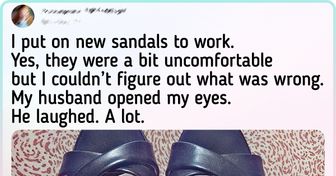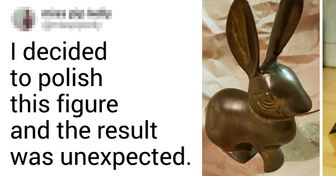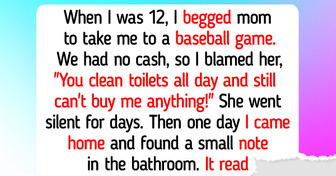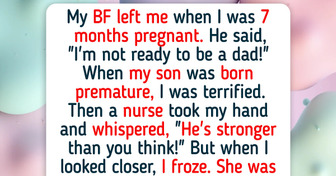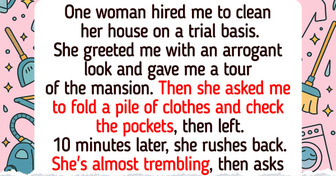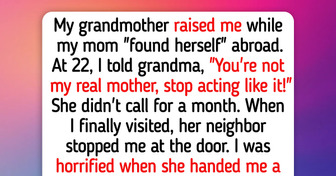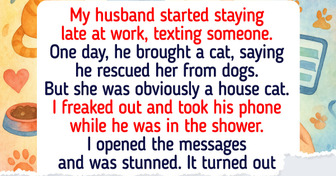10+ Photos That Reflect All the Pain of the Words, “It’s Not My Day”

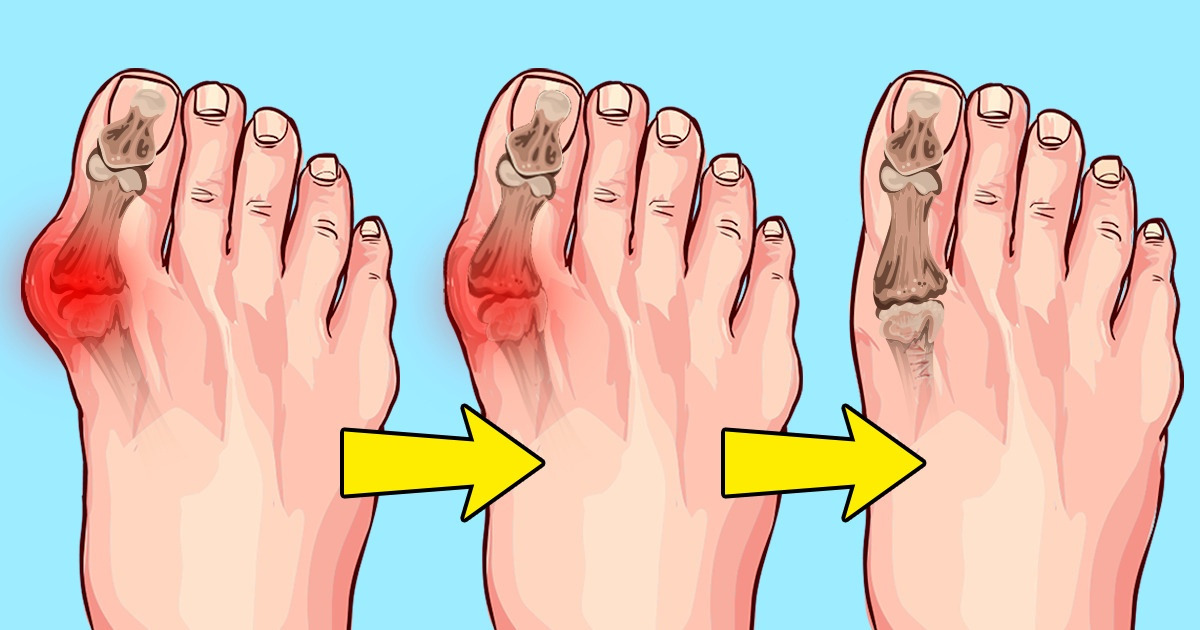
Despite what many people think, high heels are not solely responsible for the creation of bunions. Genetics and heredity are also to blame. Obviously wearing high heels often can make the problem even worse, but there are solutions you can use to decrease the pain naturally. Surgery should always be a last resort after you’ve tried everything else.
Bright Side would like to provide some assistance on how to treat bunions and all the unpleasantness that they bring to your feet. Don’t miss the bonus part about how you can choose the right shoes for your bunions.
A very simple exercise you can use is to place a tennis or lacrosse ball on the floor and start rolling your foot over it back and forth. You can repeat this movement for 3 or 5 minutes on each foot. Even if one of your feet doesn’t have a bunion, you can still perform the exercise. This will be very relaxing for your feet by relieving excess cramping.
Another simple exercise you can use is to place a towel on the floor, grab it with your toes, and pull it toward you using only your toes. You can repeat this exercise 5 times and you can either be standing up or sitting down. What this toe movement will do is strengthen your feet and keep your toes flexible.
Start in a standing position with your knees slightly bent. Then proceed to lift your heels slowly, until all your weight is being held by your toes. Now, this might feel very painful and uncomfortable if you suffer from severe bunions, but you should still try little by little. Over time, your toe muscles will strengthen and your bunions will probably stop reforming.
This one might not be possible for each and every one of you depending on your location, but sand is a great massage for your feet. Not only does it relax your toes and feet, but it also helps strengthen them. It will prove to be super beneficial for those who suffer from arthritis due to their bunions.
After a long, stressful day is over, your feet will be thanking you if you soak them in a tub with warm water and Epsom salt. Just fill the tub up to the ankles and let your feet soak for 10-15 minutes. Alternatively, you can choose an ice-cold soak by placing your feet in ice water for at least 10 minutes before going to bed. This way all the swelling and inflammation will reduce.
Many people have found that wearing splints at night reduces the pain that their bunions experience. What they do is prevent the first and the second toe from colliding with each other, while reducing the pressure between all toes. You can wear them at night while you’re sleeping. They might not be able to solve your bunion problem forever, but they can reduce the pain and discomfort.
Massaging your feet once or twice a day is an idea you can use to keep your toes flexible. Adding some warm olive oil to the massage will help you move the joints a lot easier. Try massaging your toes for 15 minutes at a time and you will notice a big difference in your toe circulation. The use of olive oil will make your job easier when moving your toes around.
Capsaicin is a key ingredient in many creams that helps reduce pain and inflammation. It is also in turmeric and that’s why you can try applying it on your bunions. Simply make a paste of turmeric and water and apply on the affected areas. It is important that you leave the turmeric overnight so it has time to act.
Going shoe shopping isn’t always as pleasant as you’d like when you have a bunion problem. That’s why you should be looking for a few, very specific characteristics:
What have you found to be effective in treating bunion discomfort? Have any of the above methods helped you in relieving pain?

